Rustic Learning: Machine Learning in Rust Part 2: Regression and Classification
Towards AI
APRIL 5, 2023
The articles cover a range of topics, from the basics of Rust to more advanced machine learning concepts, and provide practical examples to help readers get started with implementing ML algorithms in Rust. One of the unique features of SmartCore is its emphasis on interpretability.





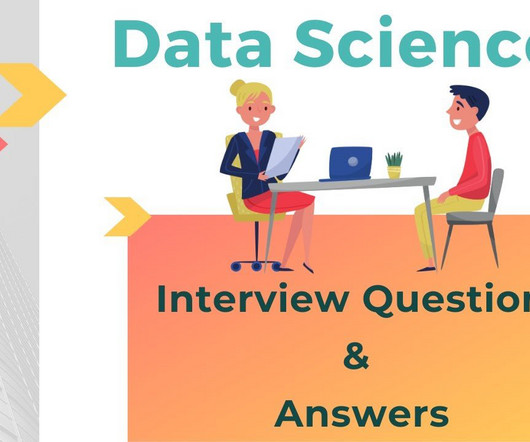

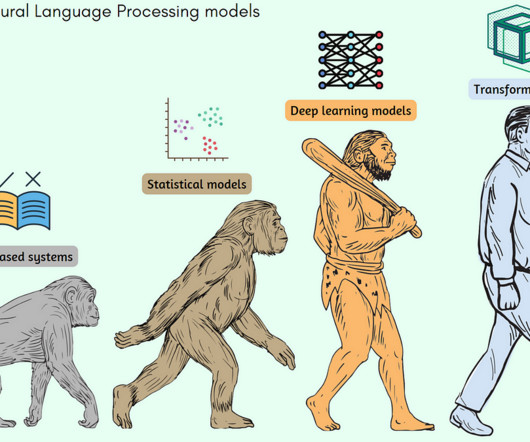


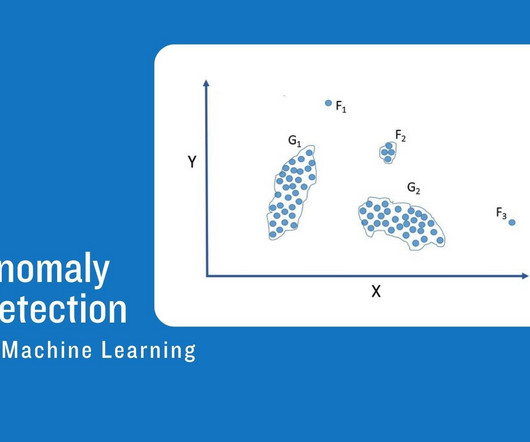
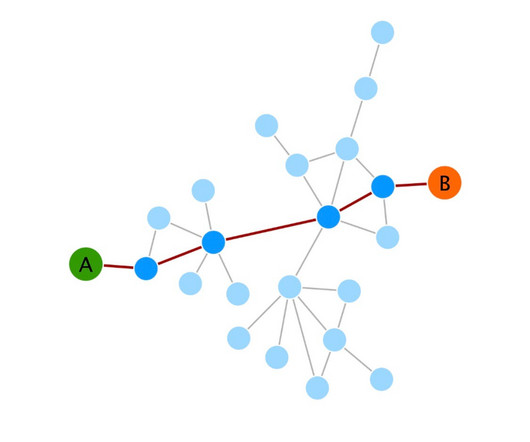




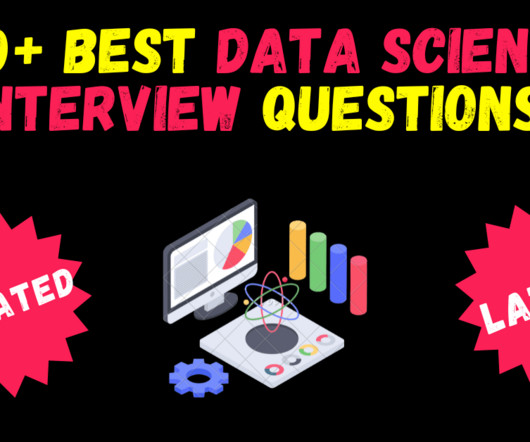
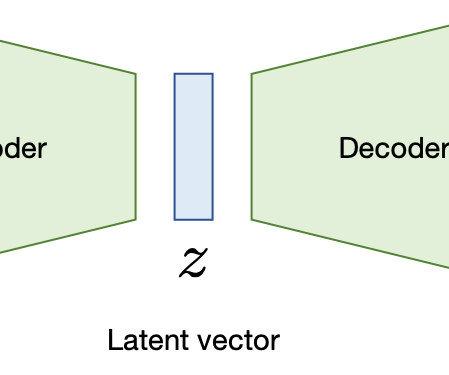






Let's personalize your content